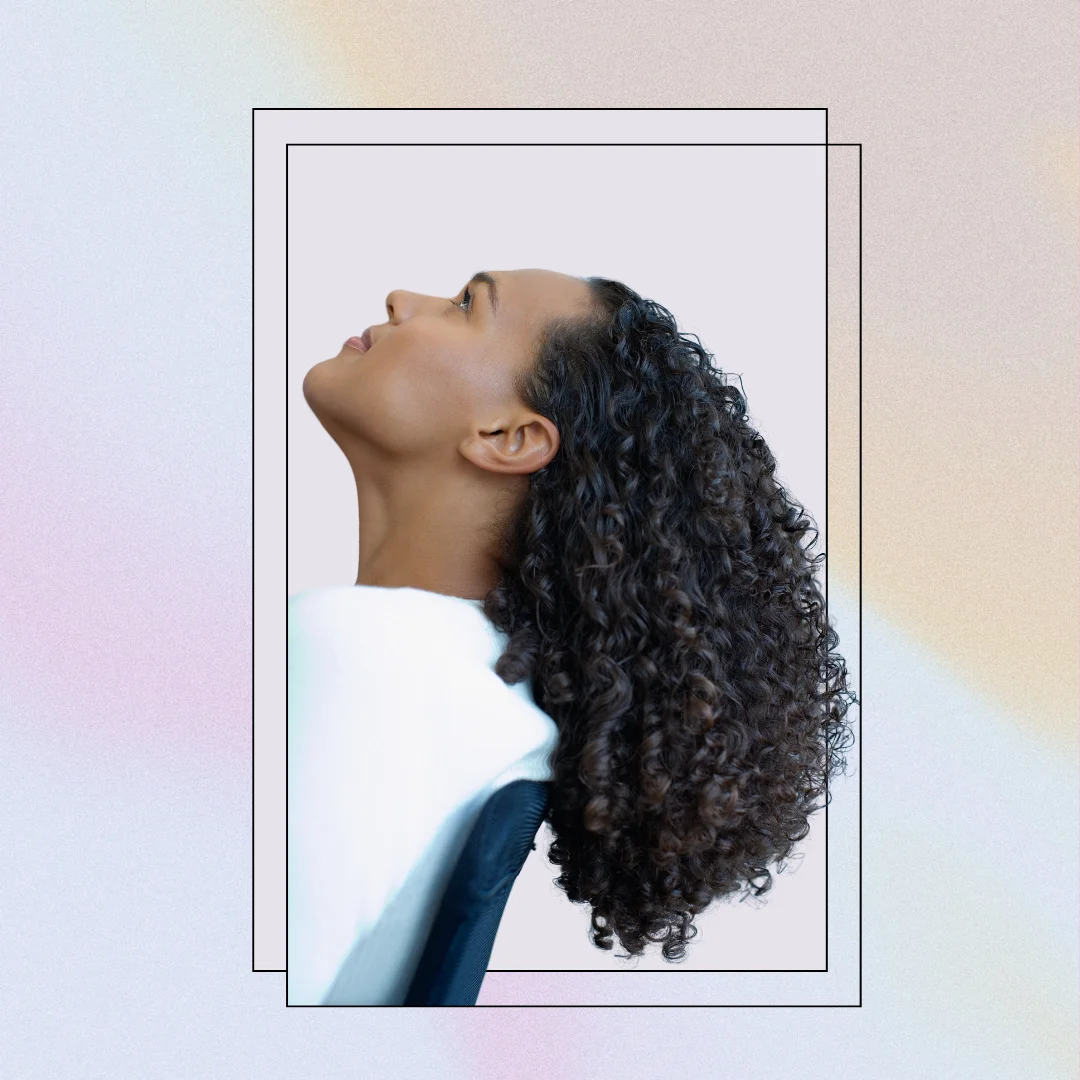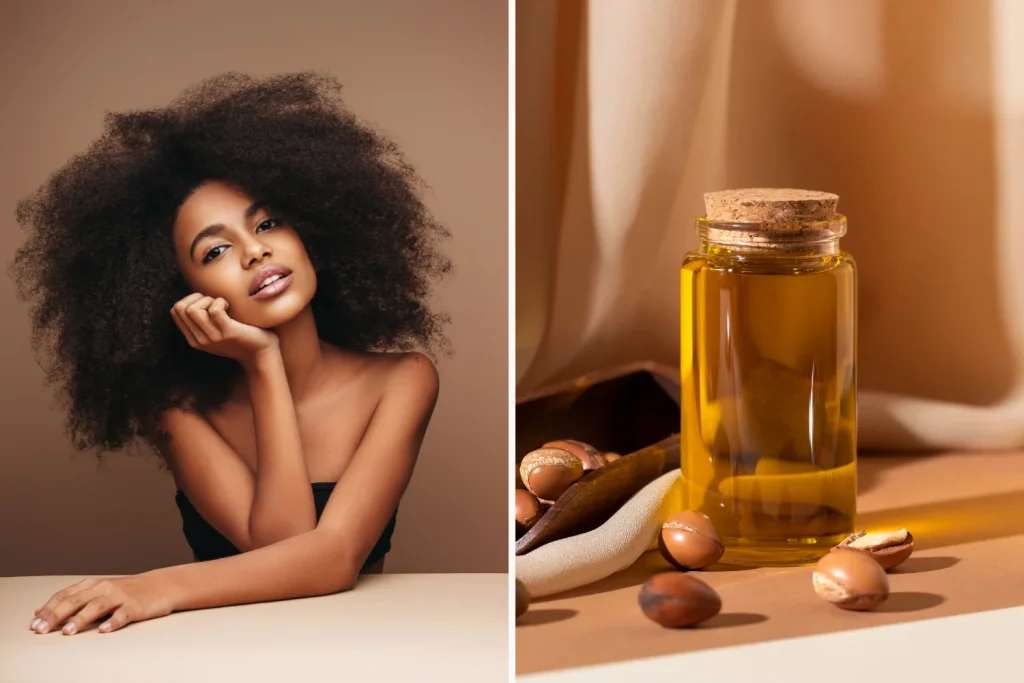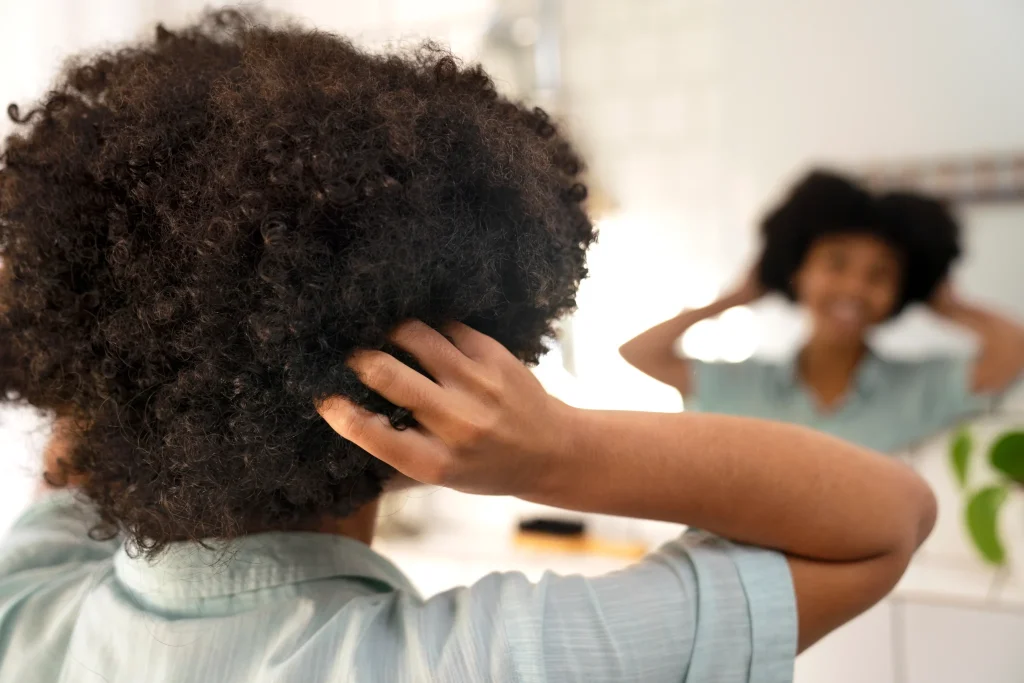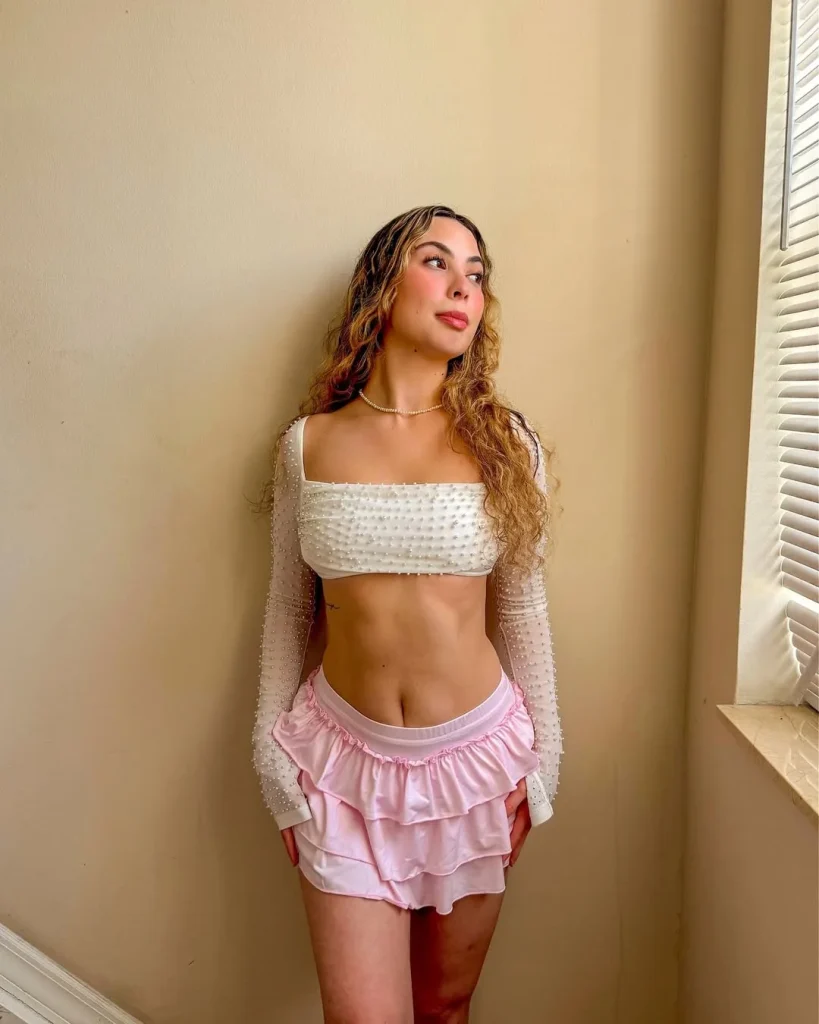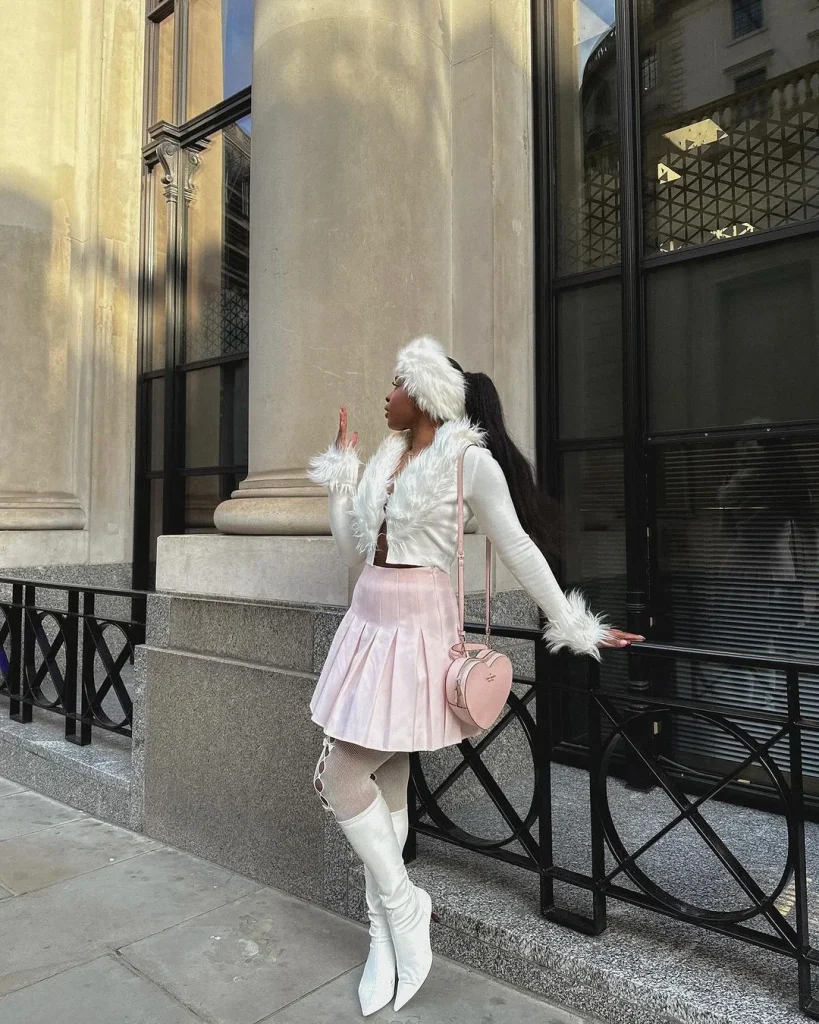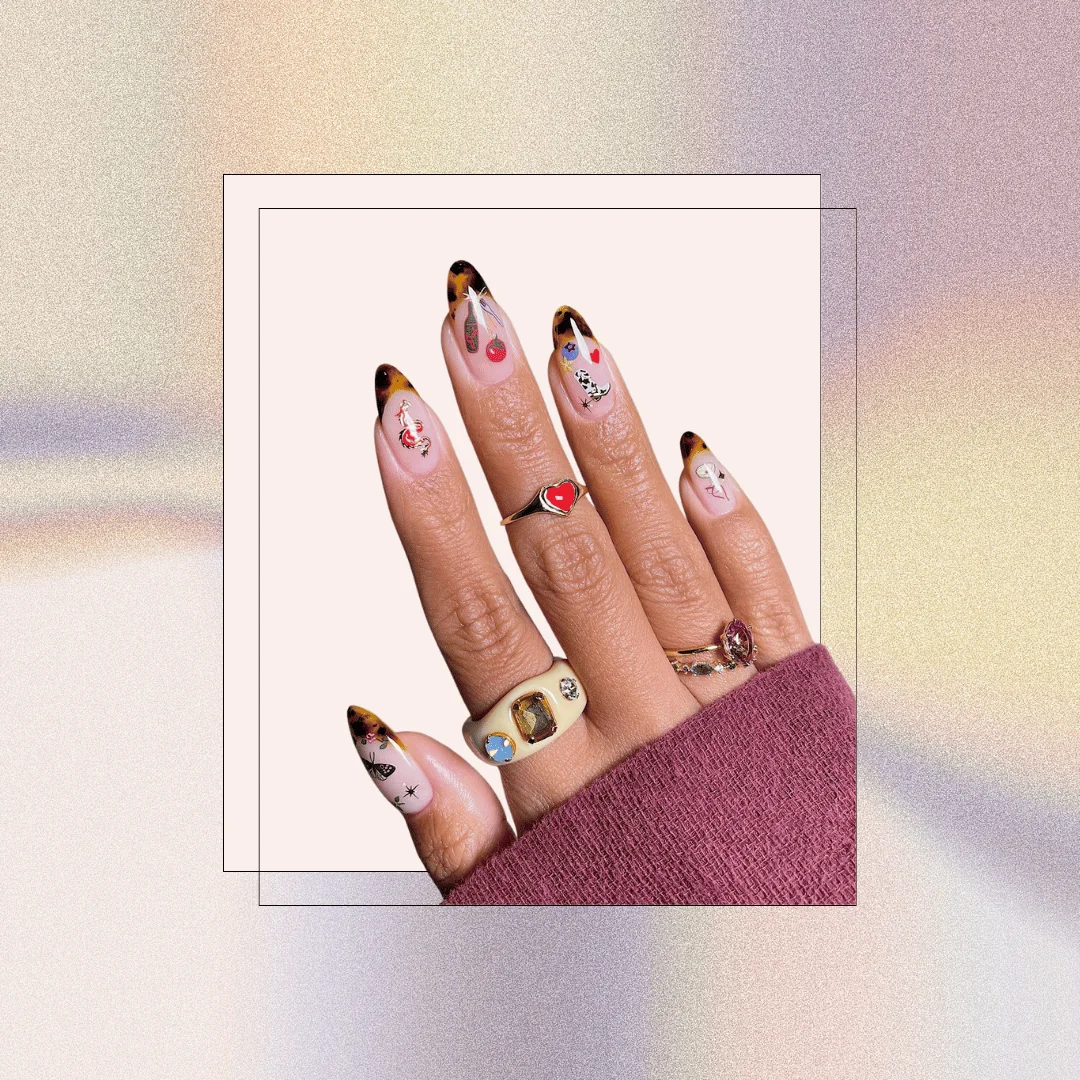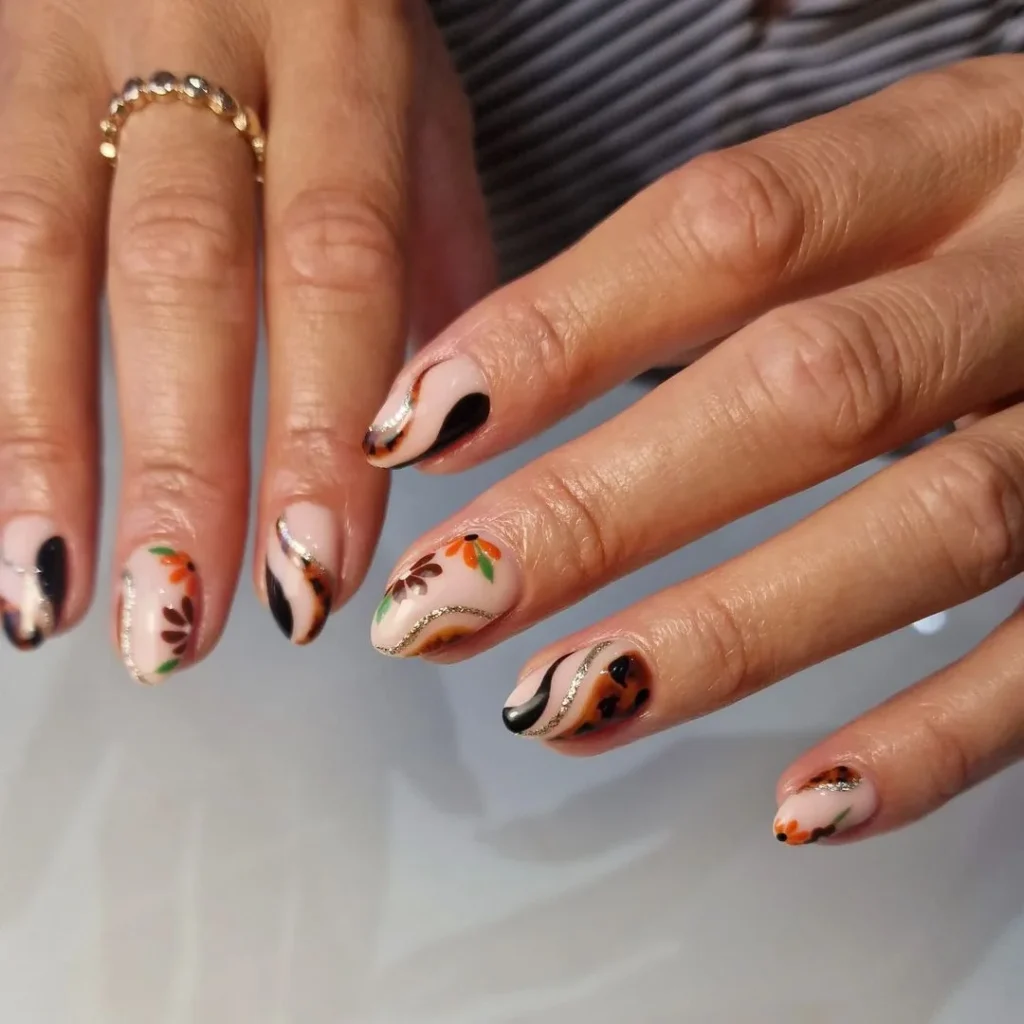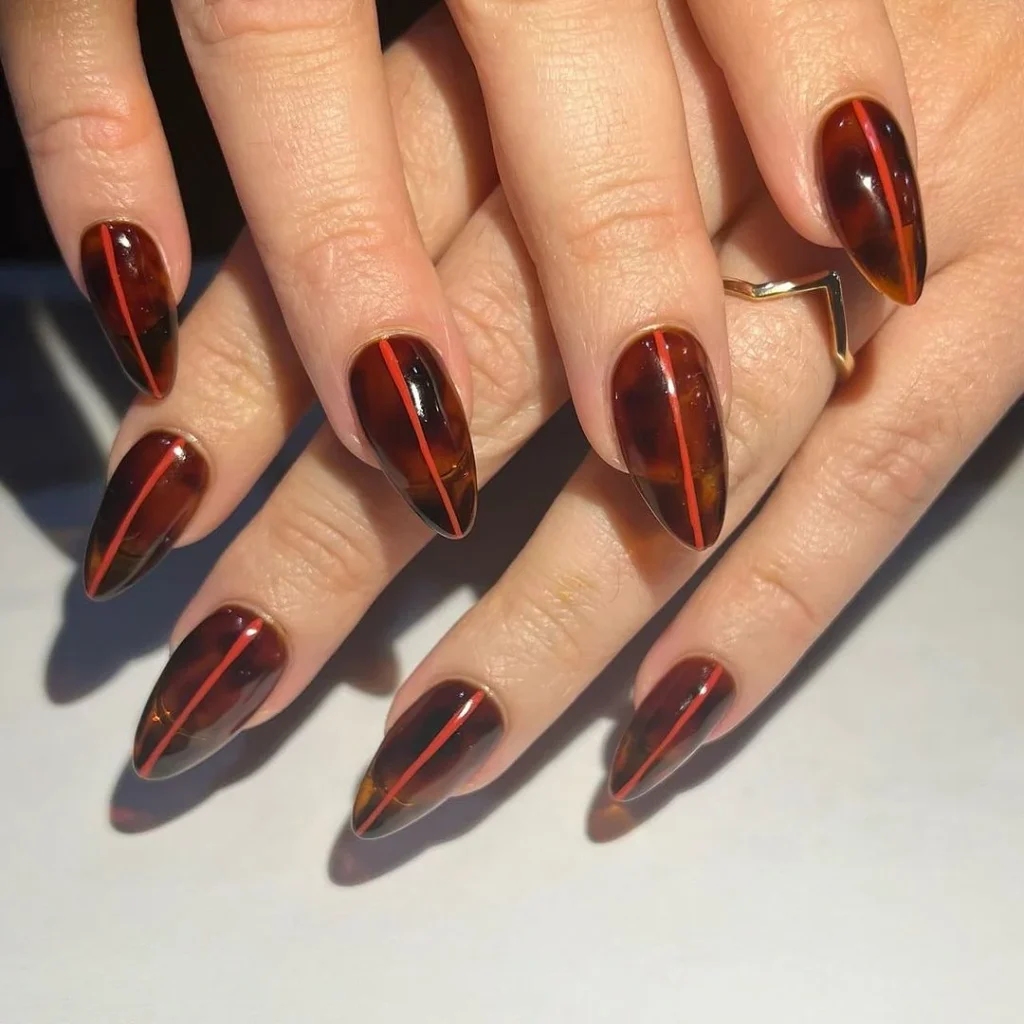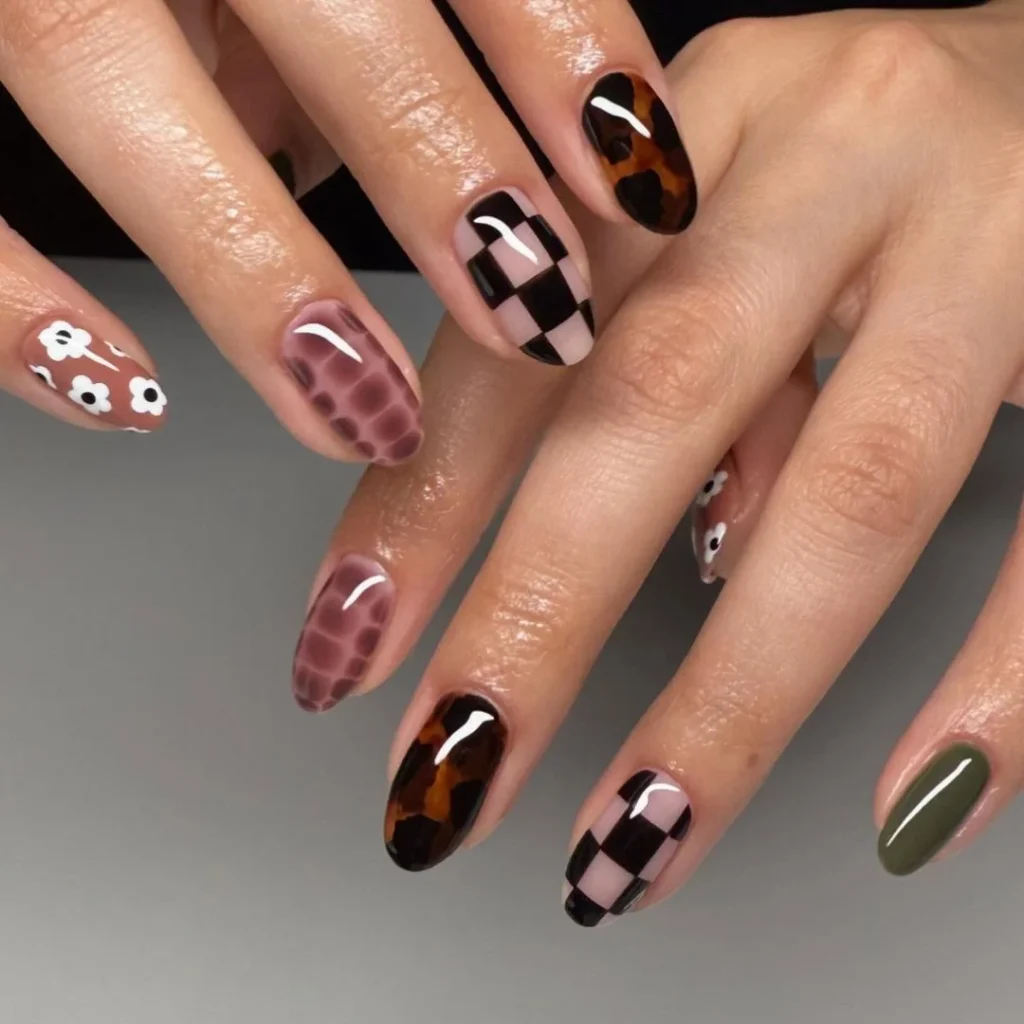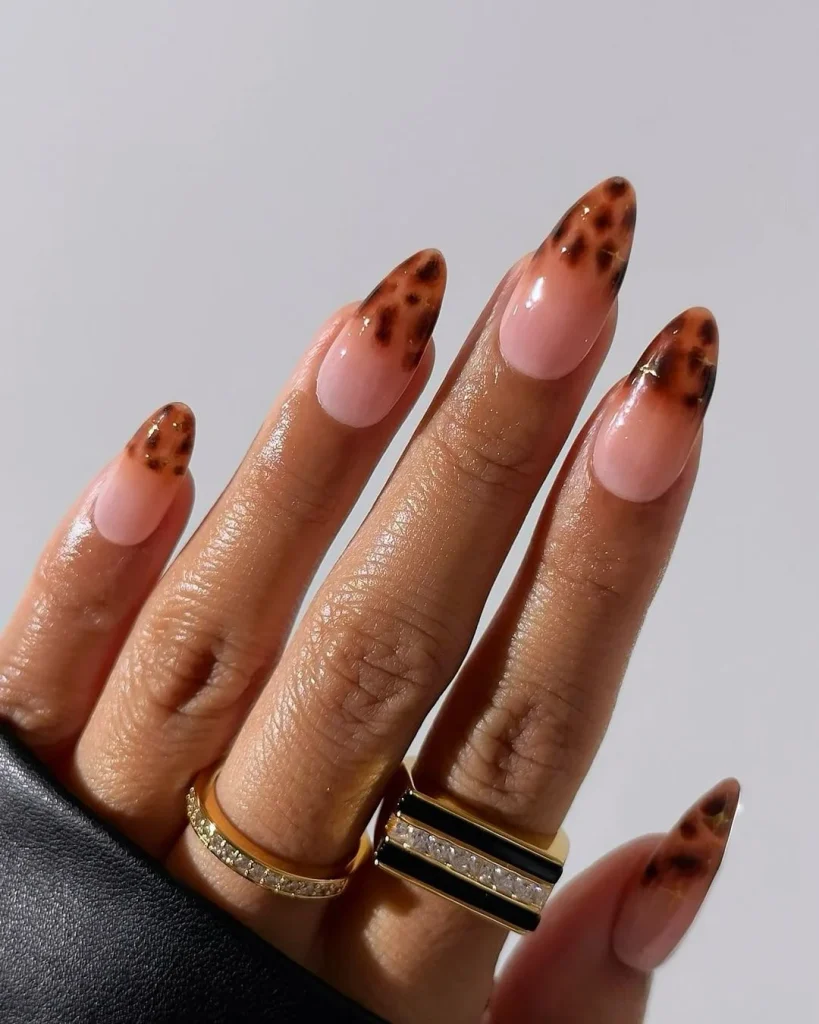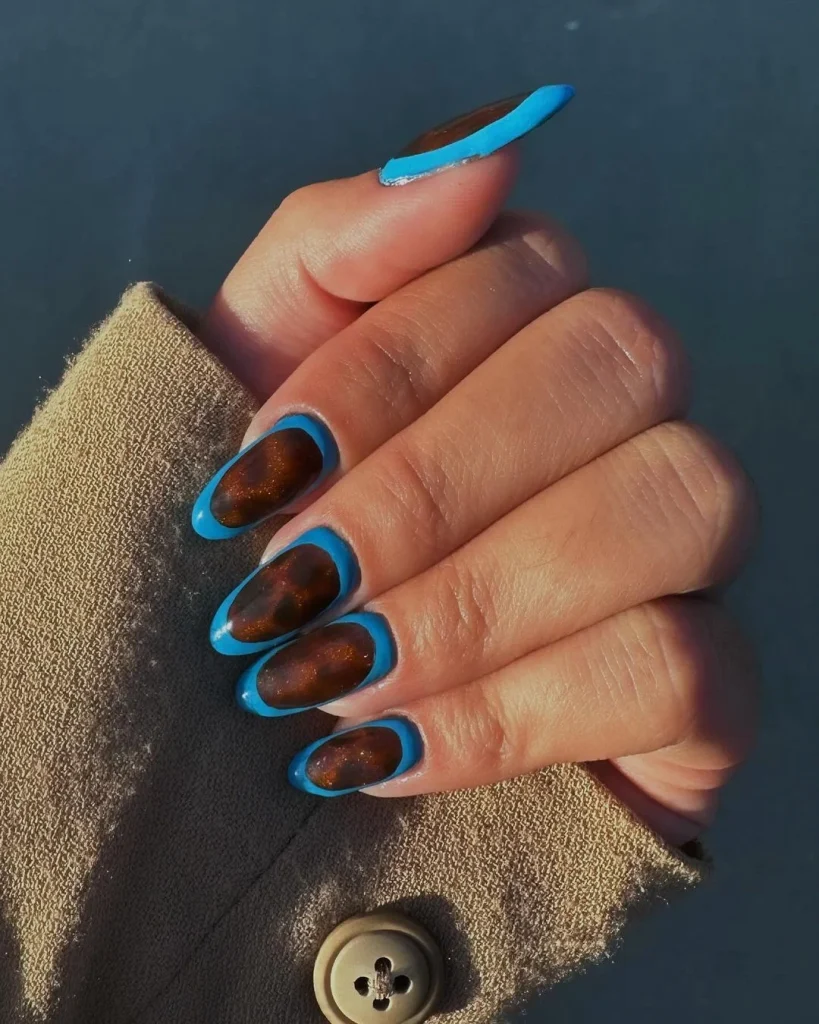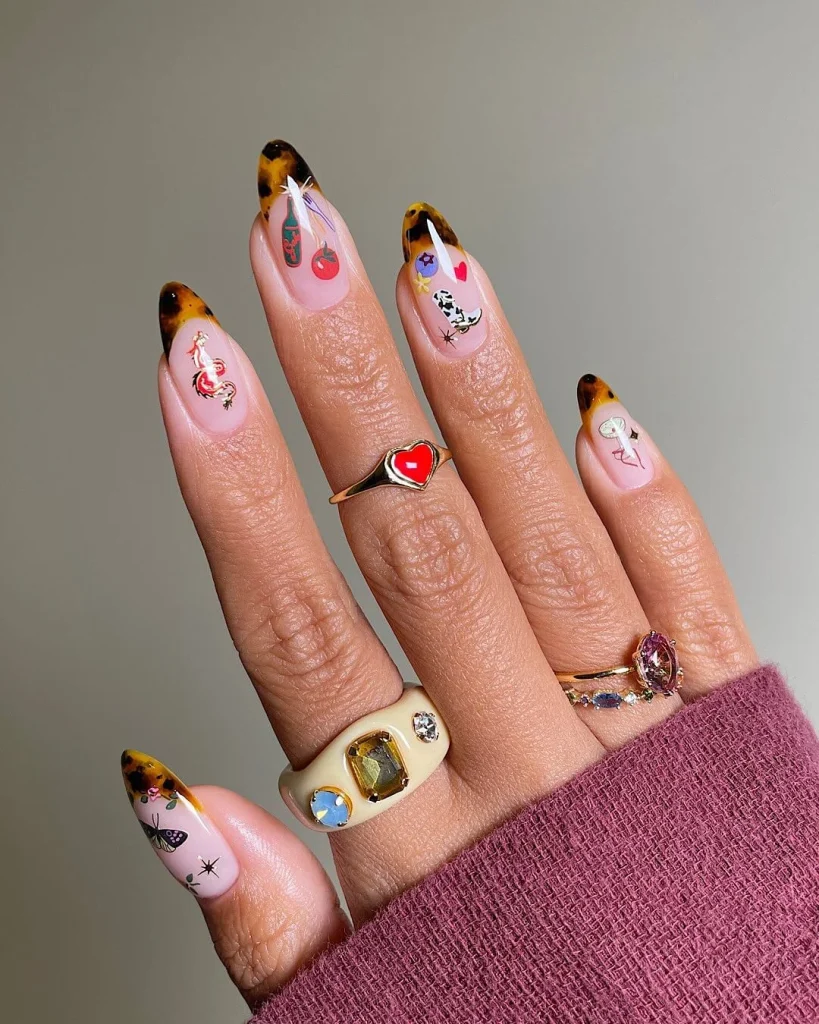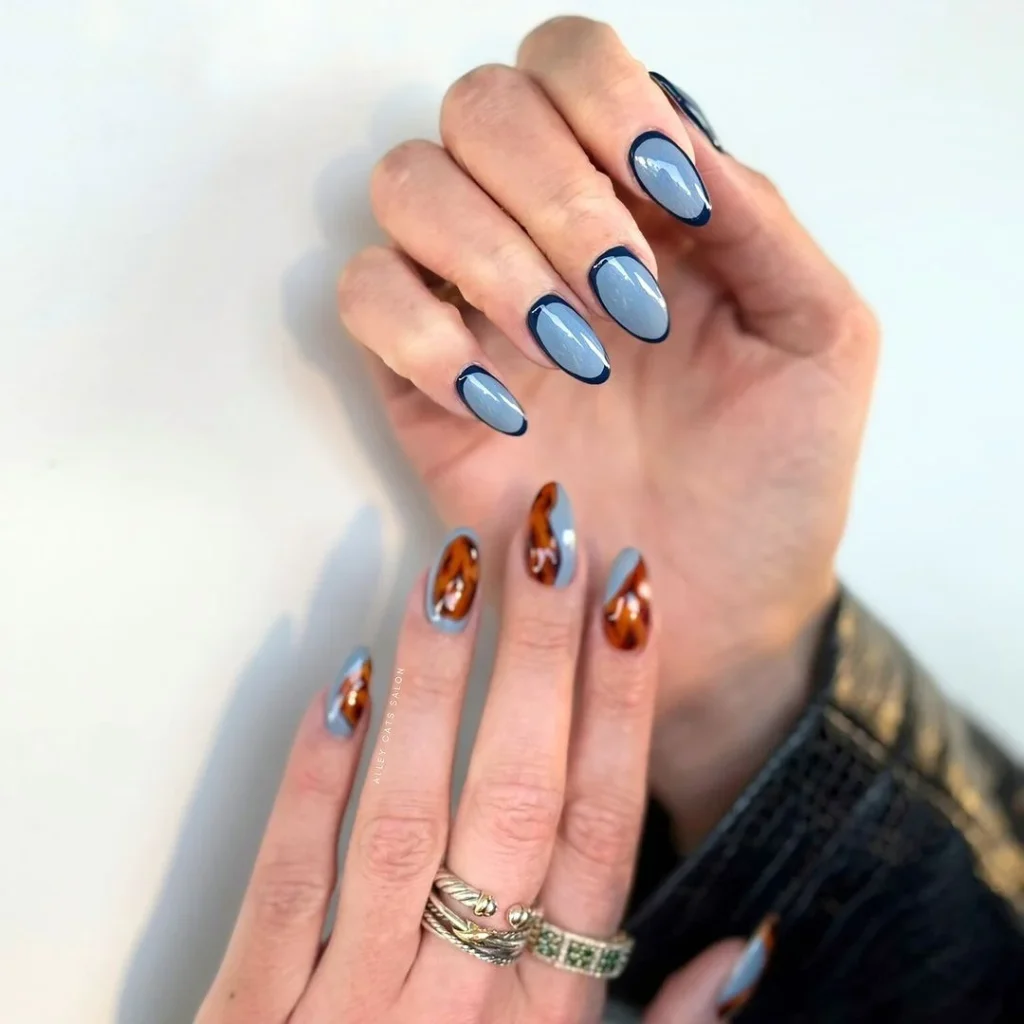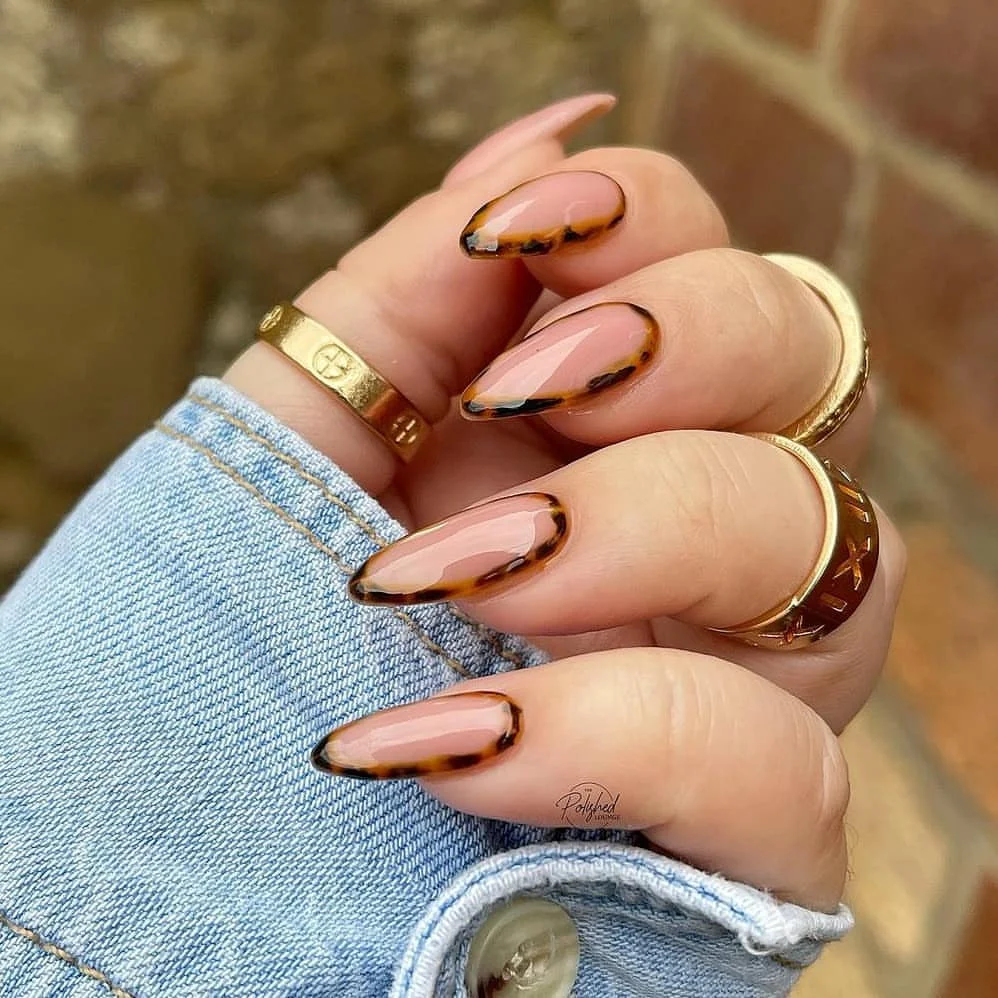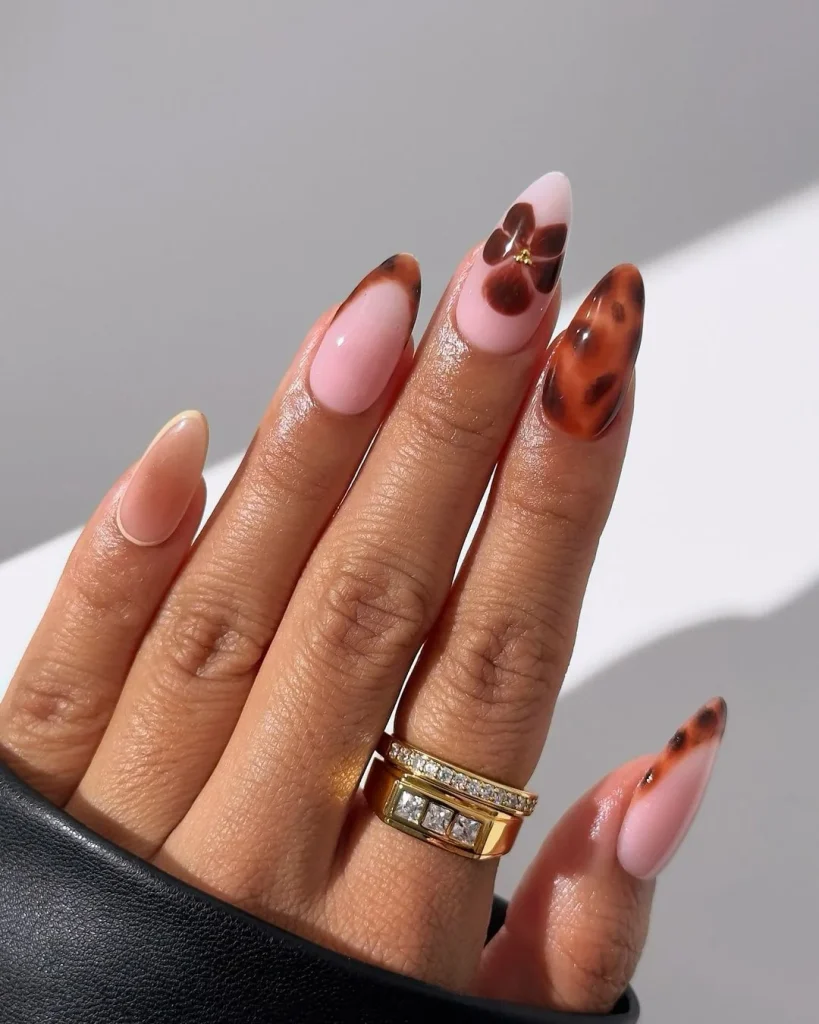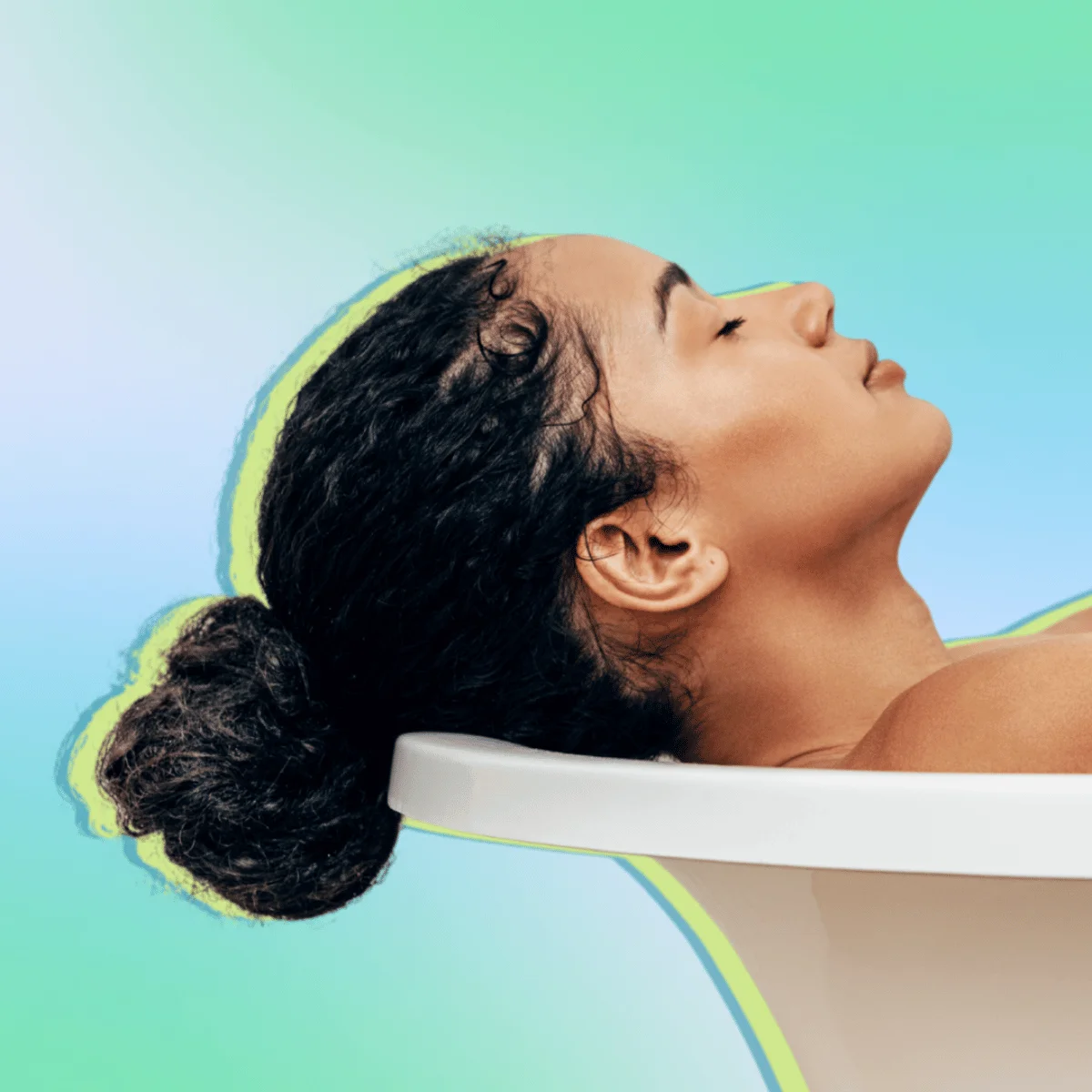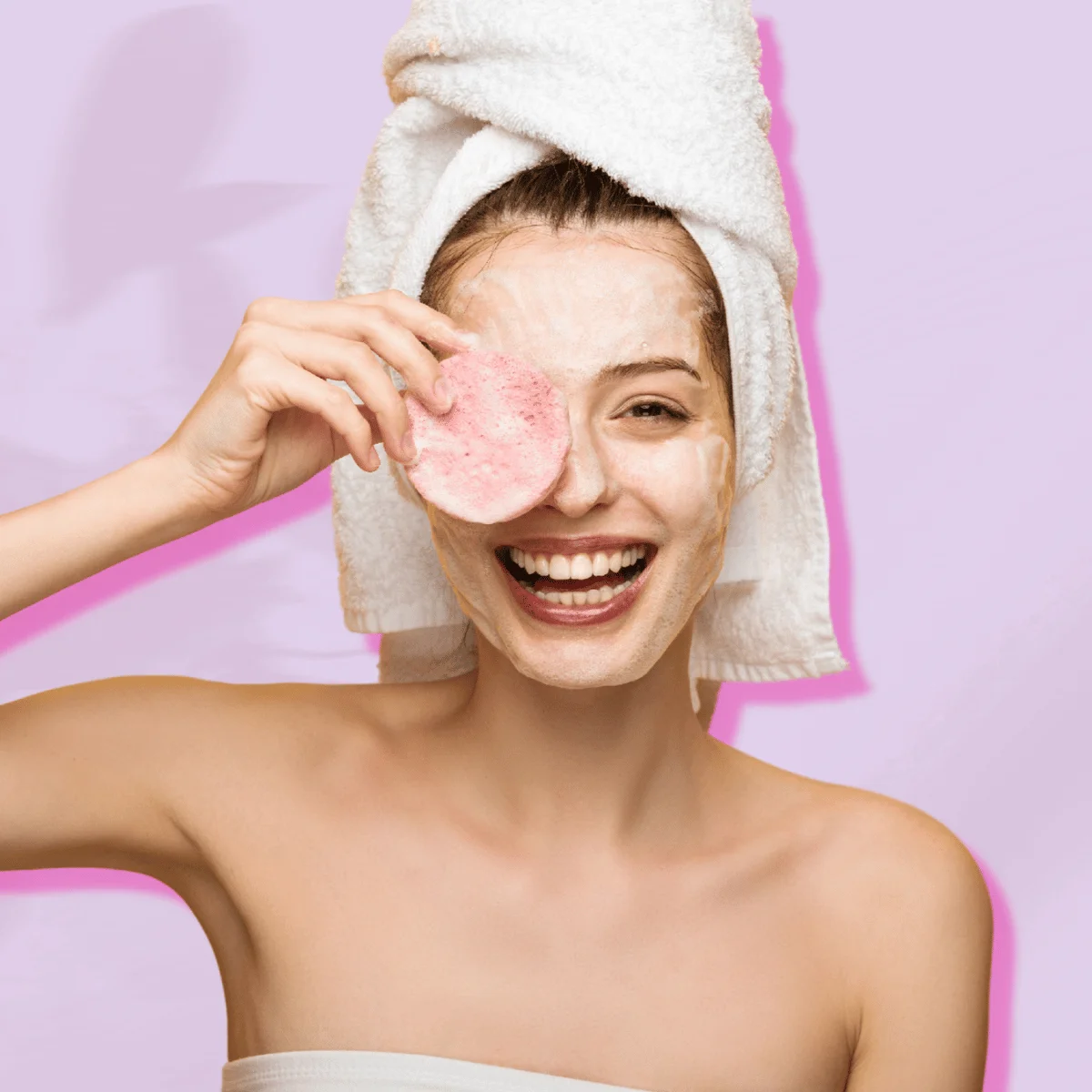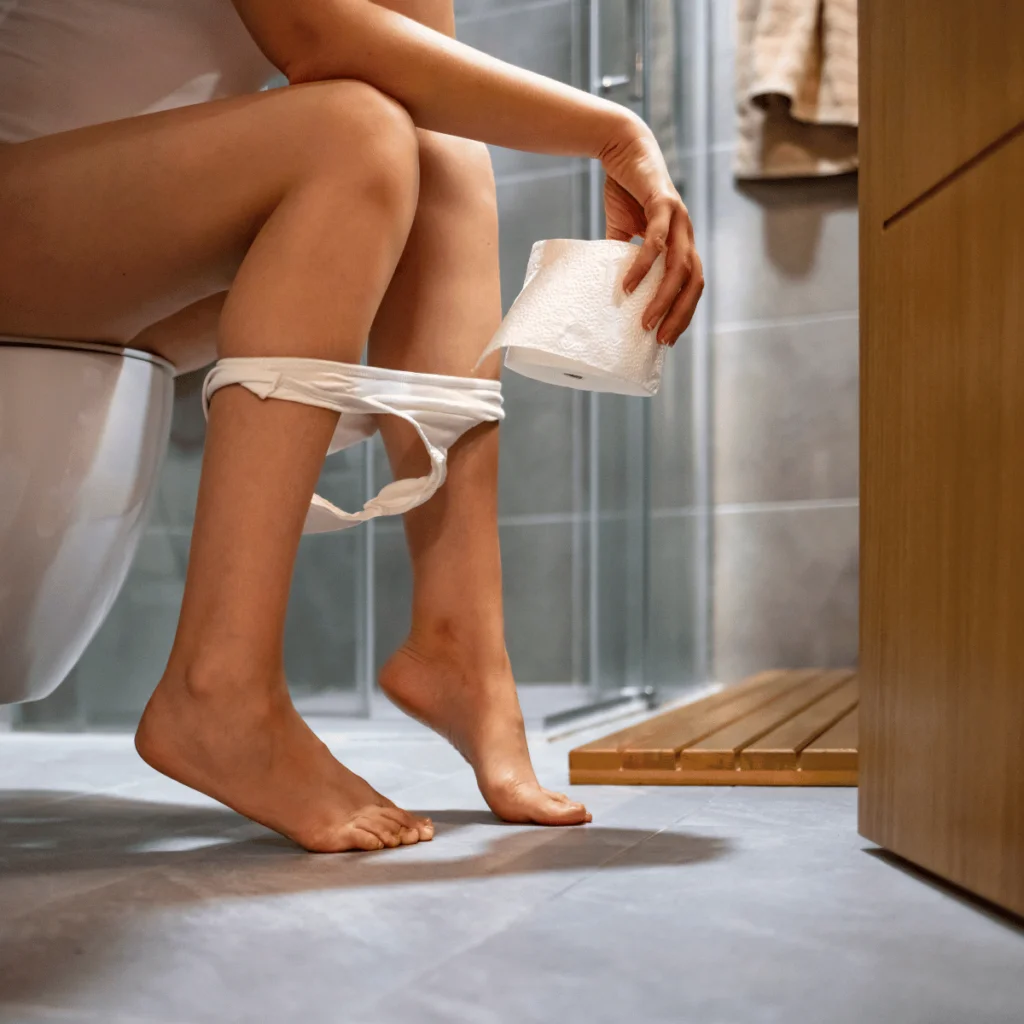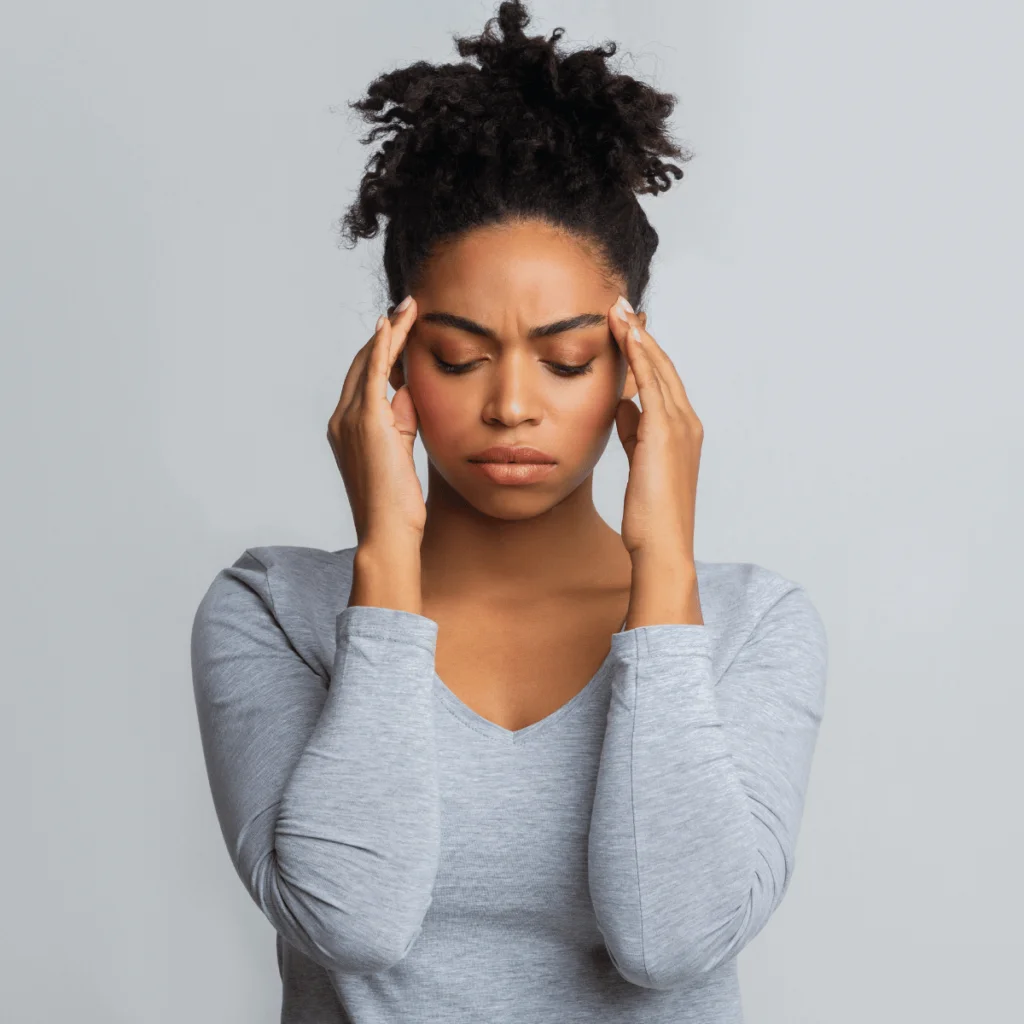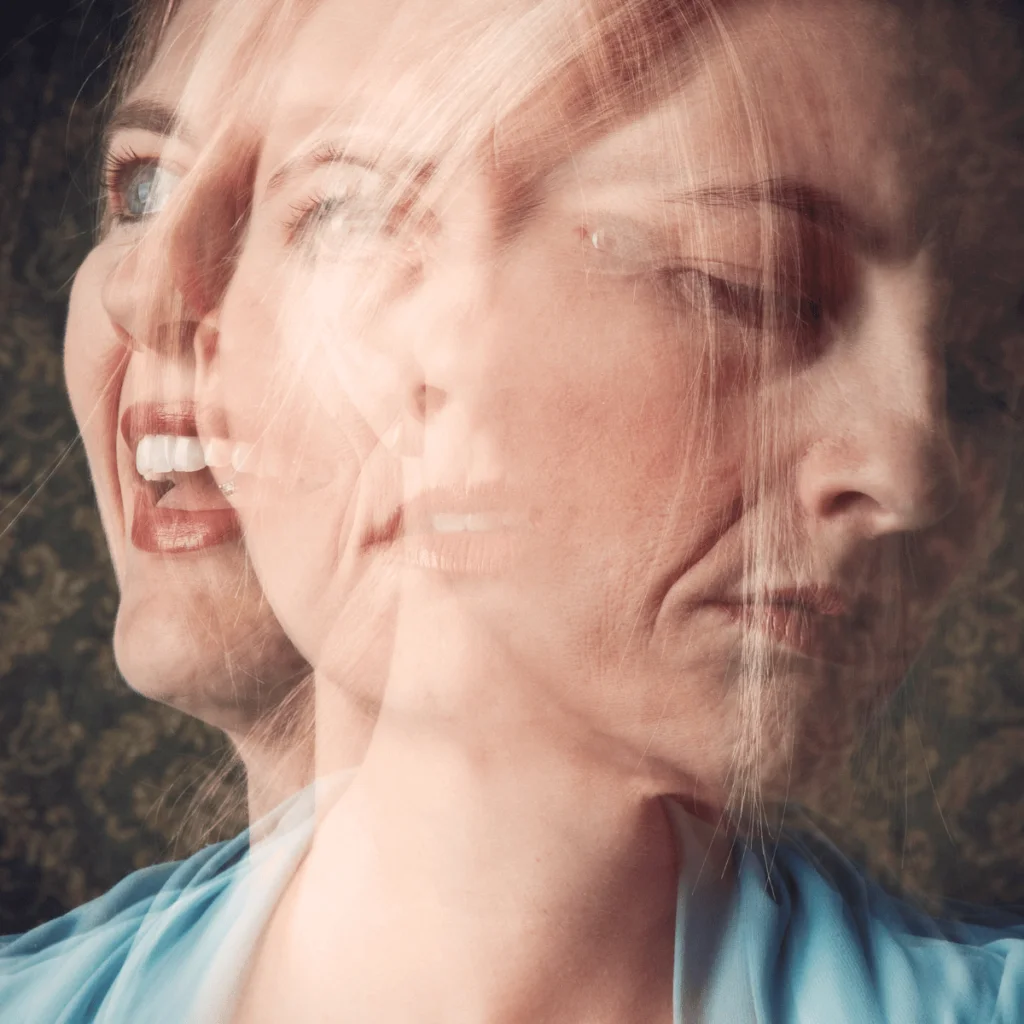10 Best Plants For The Bathroom
Turn your functional bathroom into something a bit more exciting with a few carefully chosen plant friends.
That steamy shower environment might actually be perfect for certain greenery to thrive…yep, really!
Beyond just looking beautiful, bathroom plants can help purify your air and bring a natural touch of calm to your daily routine. Think mini spa vibes, minus the expensive renovation.
I’ve rounded up 12 plants that don’t just survive but actually love bathroom life – from humidity-loving tropicals to low-light champions. These picks are surprisingly easy to care for.
1.Peace Lily
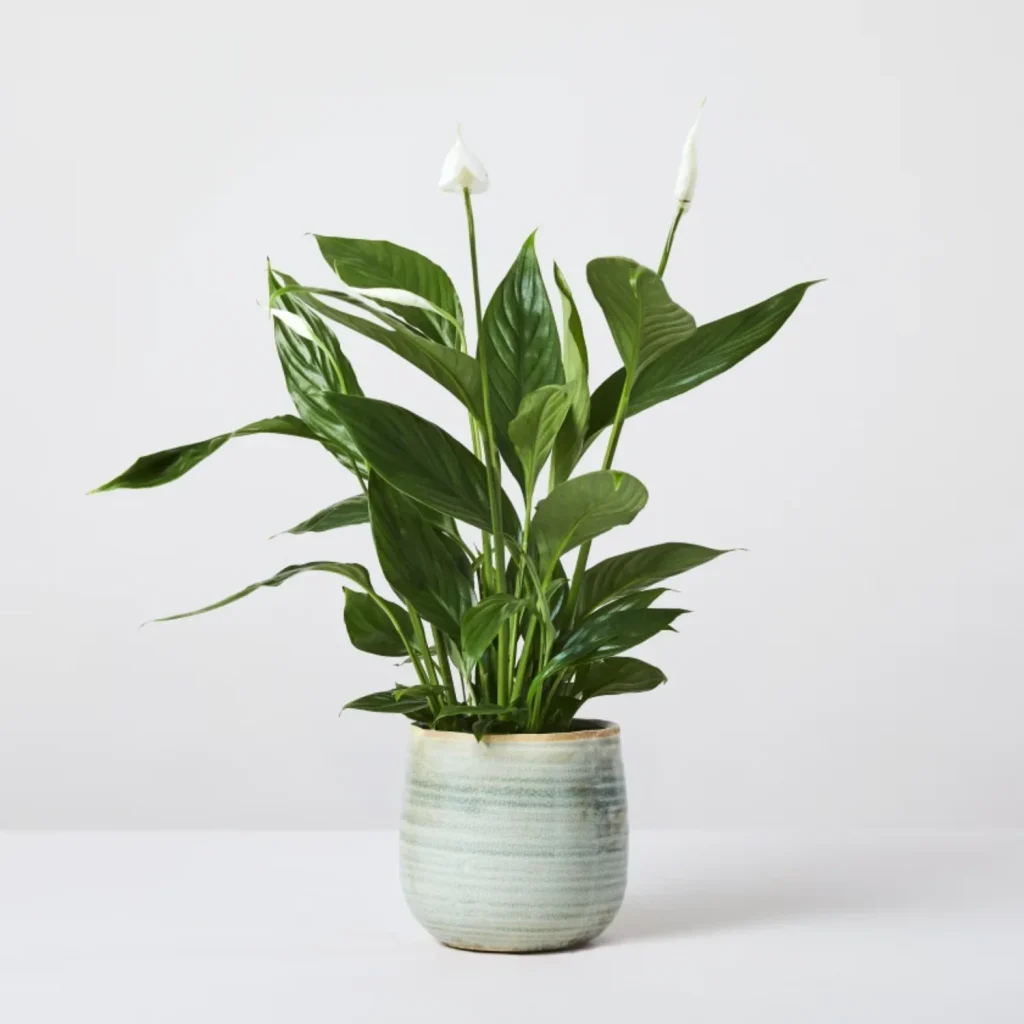
The Peace Lily is like the elegant multitasker of the plant world. With its glossy leaves and classic white blooms, it’s become a tried-and-true favourite for good reason.
This graceful plant doesn’t just sit pretty on your bathroom shelf, it’s also hard at work filtering indoor air pollutants, all while thriving in those typically tricky low-light bathroom conditions.
2.Aloe Vera
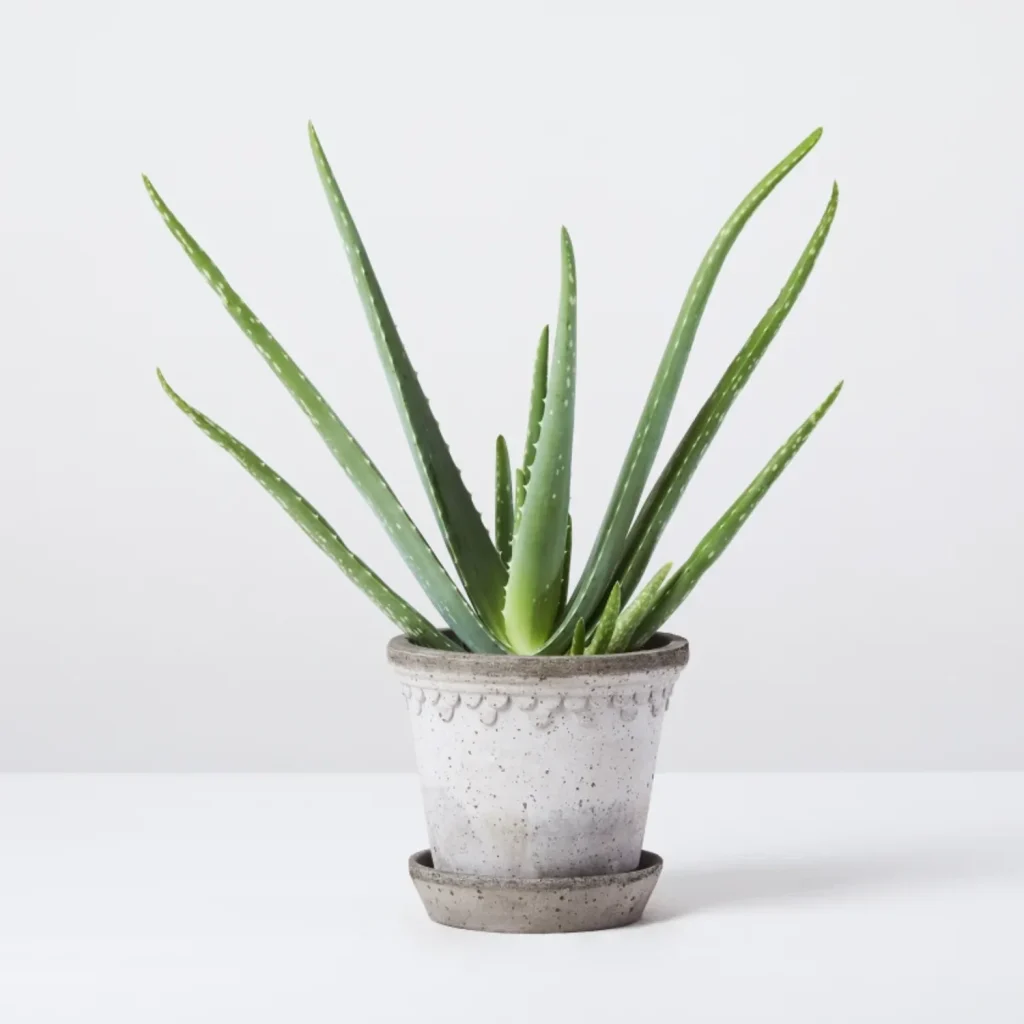
Aloe vera is an unfussy succulent that asks for little attention while offering plenty in return – from its modern, sculptural form to its practical healing benefits.
Beyond its easy-care nature, Aloe doubles as a natural first-aid essential, with its soothing gel ready whenever you need it. A sunny spot in your bathroom is all it needs to thrive.
3.Snake Plant
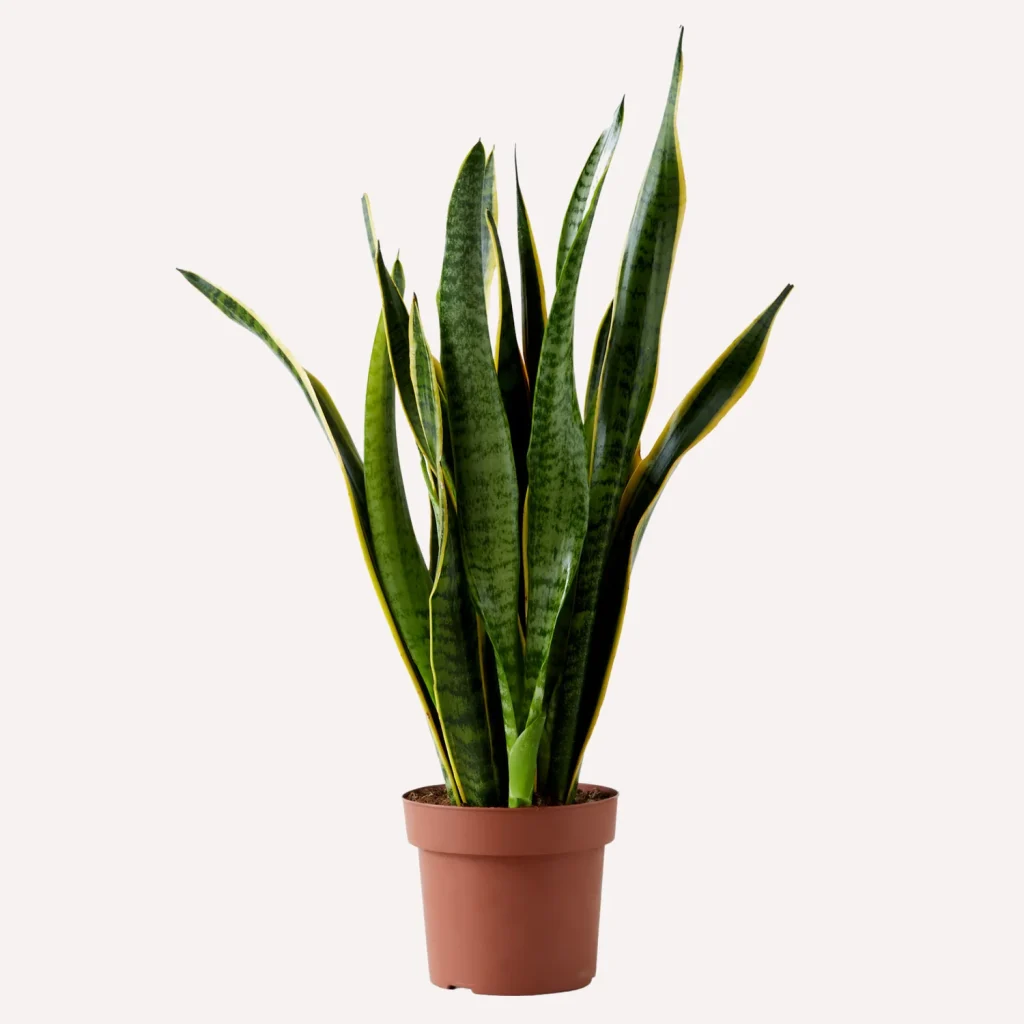
The Snake Plant might possibly be the most laid-back addition to your bathroom lineup. This architectural beauty stands tall and striking, yet asks for almost nothing in return.
Perfect for busy plant parents, it thrives even in those darker bathroom corners where other plants might sulk.
Better yet?
If you decide to catch a few z’s while you soak, your Snake Plant is working overtime, releasing fresh oxygen and filtering out unwanted indoor pollutants.
4.Boston Fern

Looking to add a touch of lush greenery? The Boston Fern is your go-to bathroom companion.
This classic beauty actually loves what most plants don’t – your bathroom’s naturally humid environment.
Those feathery fronds aren’t just for show (though they do bring an effortless tropical feel). While thriving in indirect light, this fern quietly works as a natural air purifier, helping to keep your space fresher.
5.Spider Plant
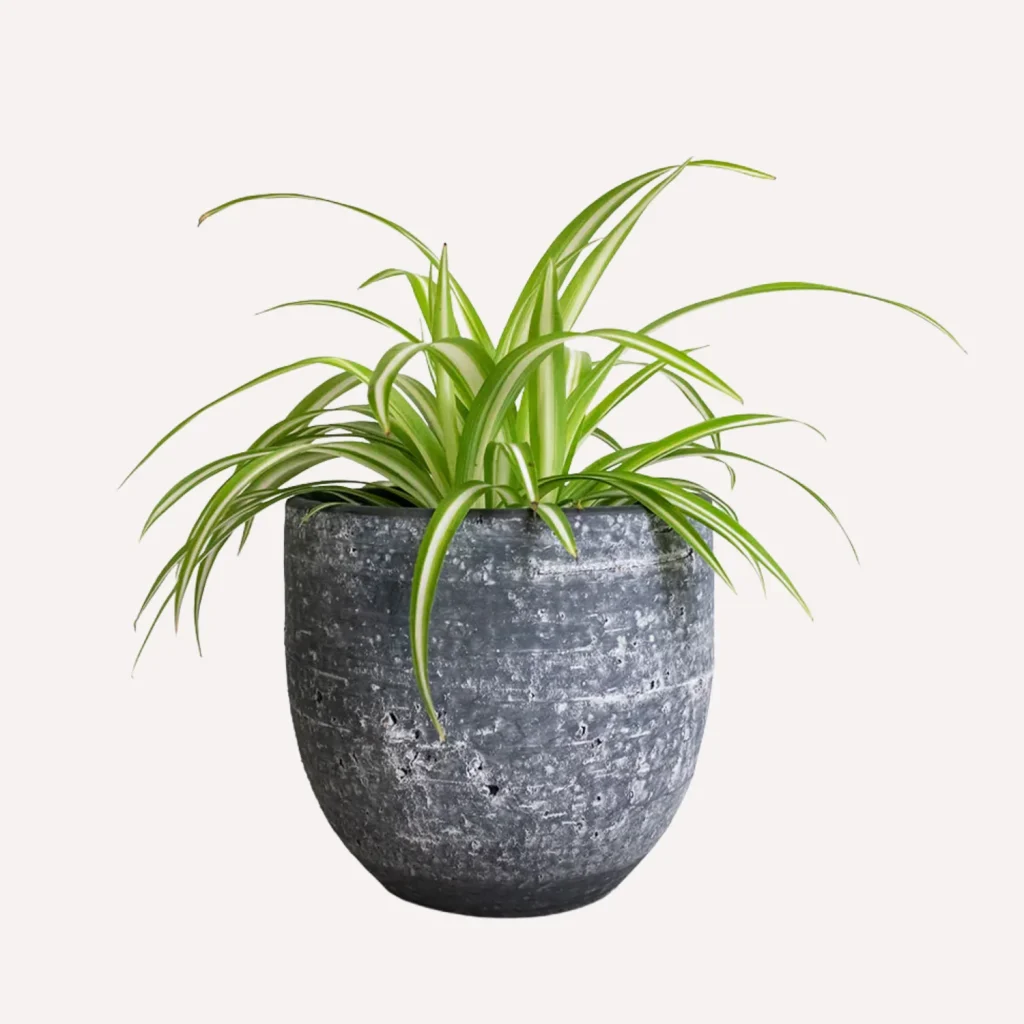
The Spider Plant brings a bit of playful elegance to your bathroom with its arching leaves and dangling “babies.”
Easy-going by nature, it’s the kind of plant that makes you look like a pro gardener without trying too hard.
Those cascading strands aren’t just for show – this resilient plant is quietly cleaning your air while adding a touch of natural movement to your space.
It handles lower light like a champ, making it perfect for bathroom life.
6.Cast Iron Plant

The Cast Iron Plant is a no-nonsense bathroom plant that lives up to its sturdy name. True to its reputation, this resilient plant handles just about anything bathroom life throws its way.
For those of us who appreciate low-maintenance greenery (or perhaps have accidentally neglected a plant or two), this tough beauty thrives even when forgotten.
Its deep green leaves bring a calm, grounding presence to your space without demanding much in return.
7.ZZ Plant
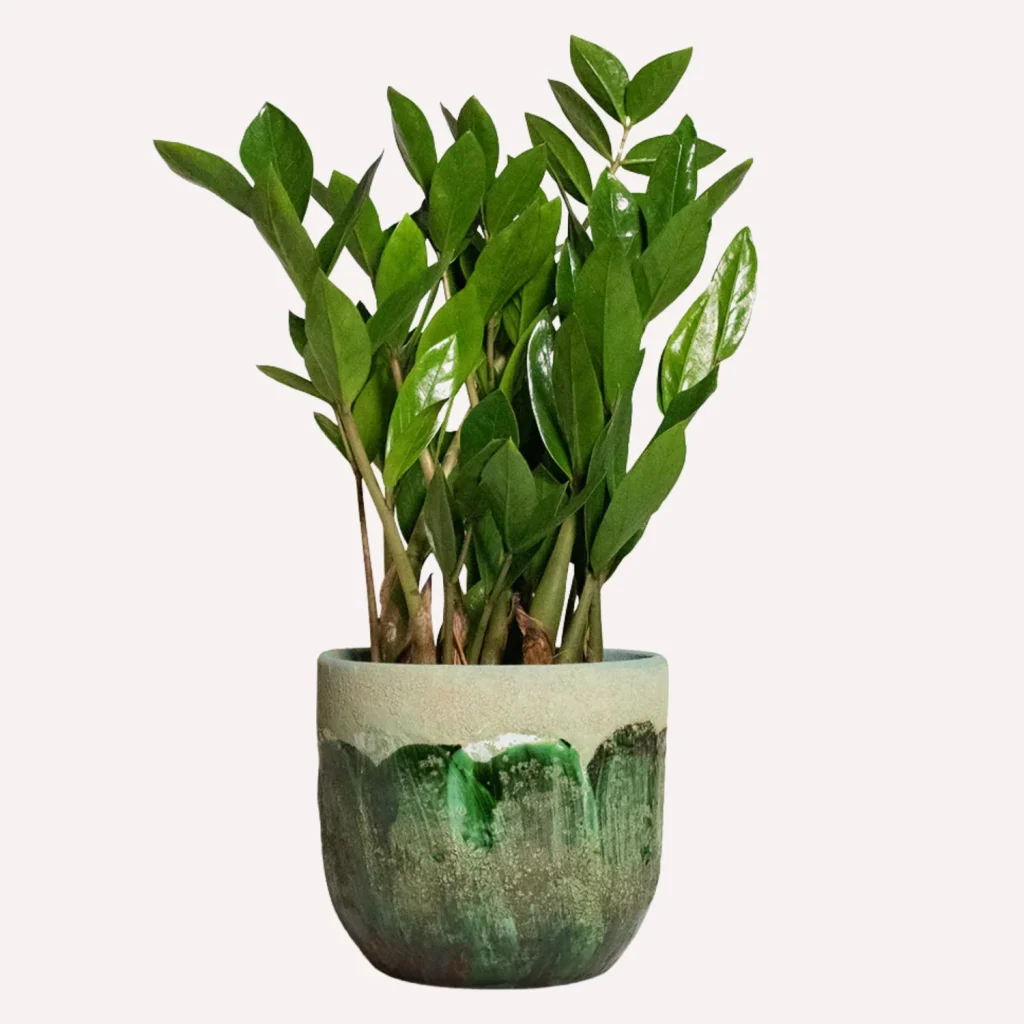
Meet the ZZ Plant – the definition of effortless cool in the plant world. With stems that grow like polished wands and leaves so glossy they almost look artificial, it’s nature’s answer to modern design.
Fun fact: this plant is so resilient it was originally discovered thriving in the dry grasslands of East Africa!
This beauty actually prefers those tricky bathroom conditions that make other plants complain. Its thick, potato-like rhizomes store water like a natural survival pro, meaning it won’t throw a fit if you forget to water it for weeks.
While you’re going about your daily routine, it’s quietly filtering out household pollutants and making your space a bit healthier.
8.English Ivy

Enter English Ivy – the charming climber who’s more than just a pretty face. This classic beauty has a secret superpower: it’s actually one of nature’s best defences against bathroom mould and mildew.
Those elegant trailing vines aren’t just adding a touch of European cottage charm to your space.
While some plants merely tolerate humidity, English Ivy embraces it. Place it on a high shelf or in a hanging basket, and watch as it creates graceful cascades that can transform your bathroom into something straight out of a cosy English garden.
Its delicate leaves come in varieties ranging from deep forest green to variegated patterns that catch the light.
9.Golden Pothos
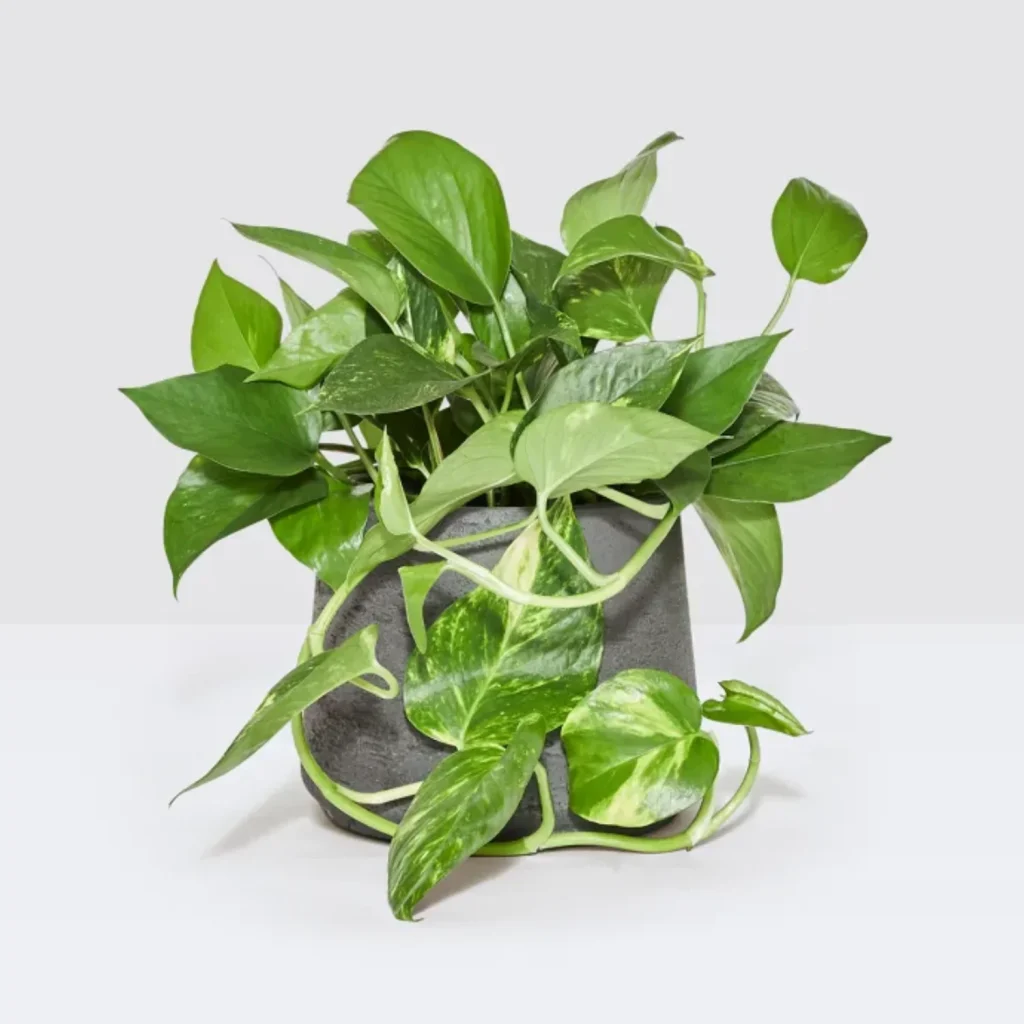
Golden Pothos is the easygoing vine that brings a touch of sunshine to your bathroom.
With heart-shaped leaves marbled in green and gold, this trailing beauty transforms plain bathroom corners into something special.
Give it a perch on a high shelf or in a hanging basket, and watch as it creates graceful cascades that soften your space.
This gorgeous plant will enjoy your bathroom’s steamy environment, using that extra moisture to keep its leaves lush and vibrant.
10.Lucky Bamboo

Lucky Bamboo is the graceful overachiever that brings a hint of zen to your bathroom.
Despite its name, it’s actually not bamboo at all – it’s part of the Dracaena family, known for its adaptable nature and striking spiral stems.
While soaking up your bathroom’s natural humidity (no extra misting needed), it’s busy filtering out everyday pollutants and freshening your air. You can grow it in water or soil, and it can even be shaped into spirals and other artistic forms as it grows.
Perfect for adding a touch of tranquillity to your space, Lucky Bamboo has been considered a symbol of good fortune in Asian cultures for thousands of years.

